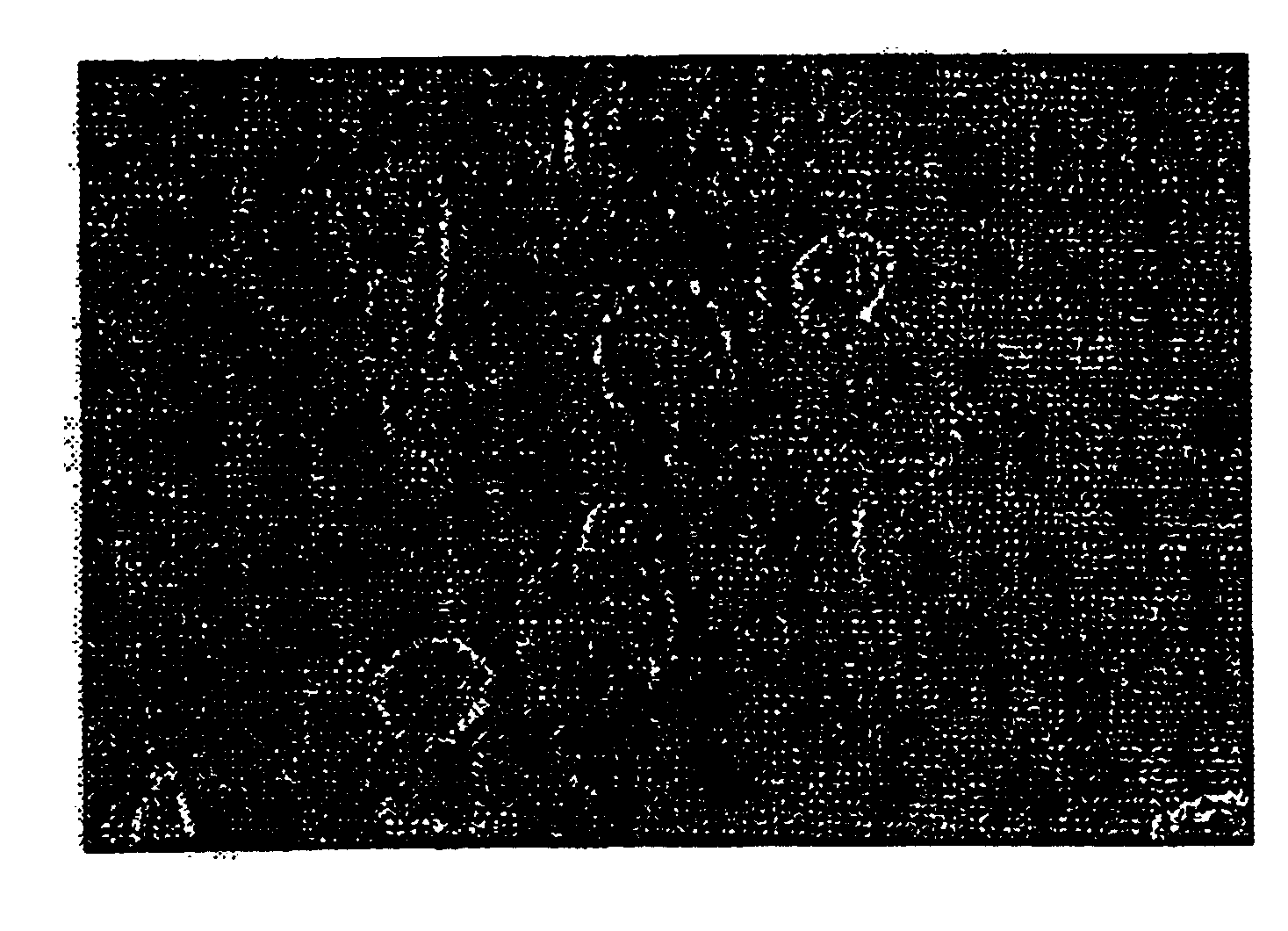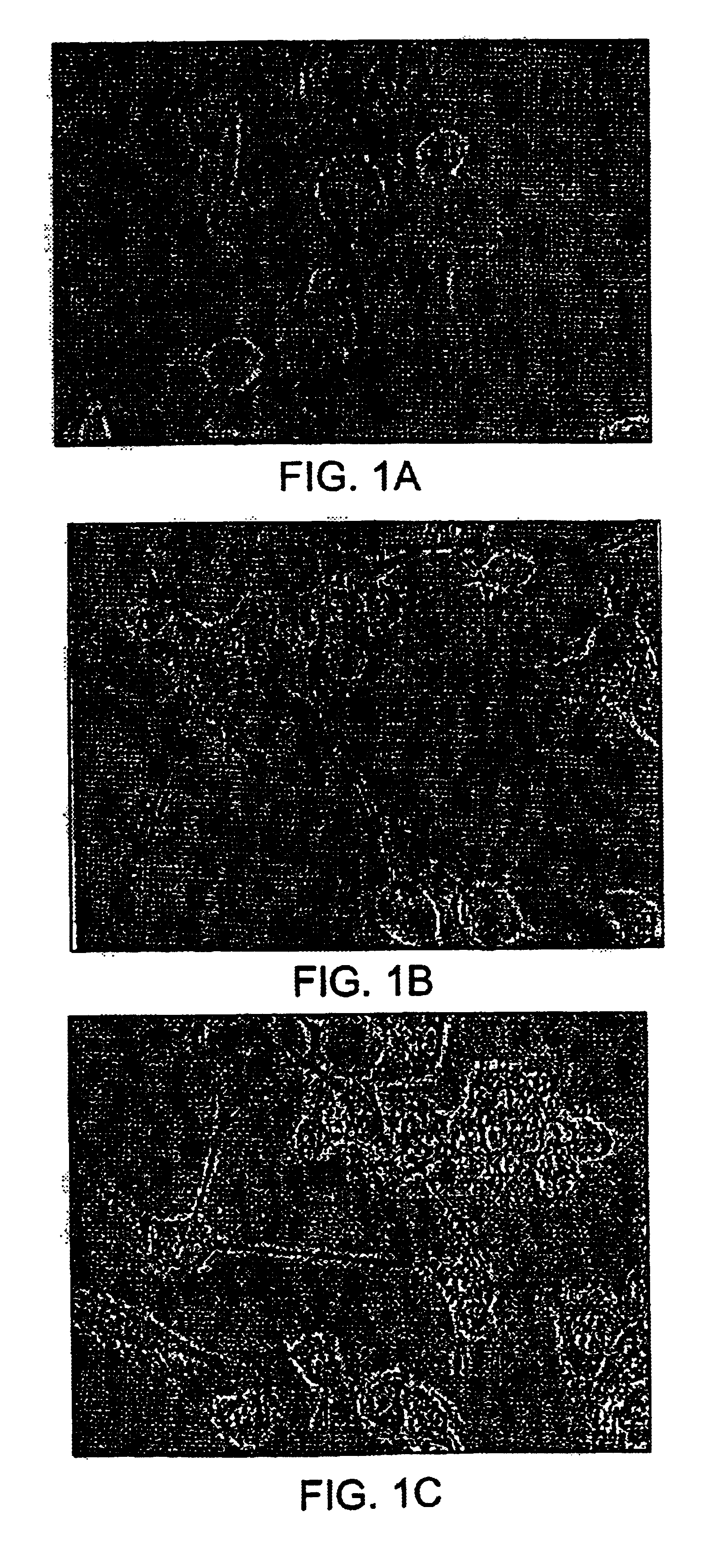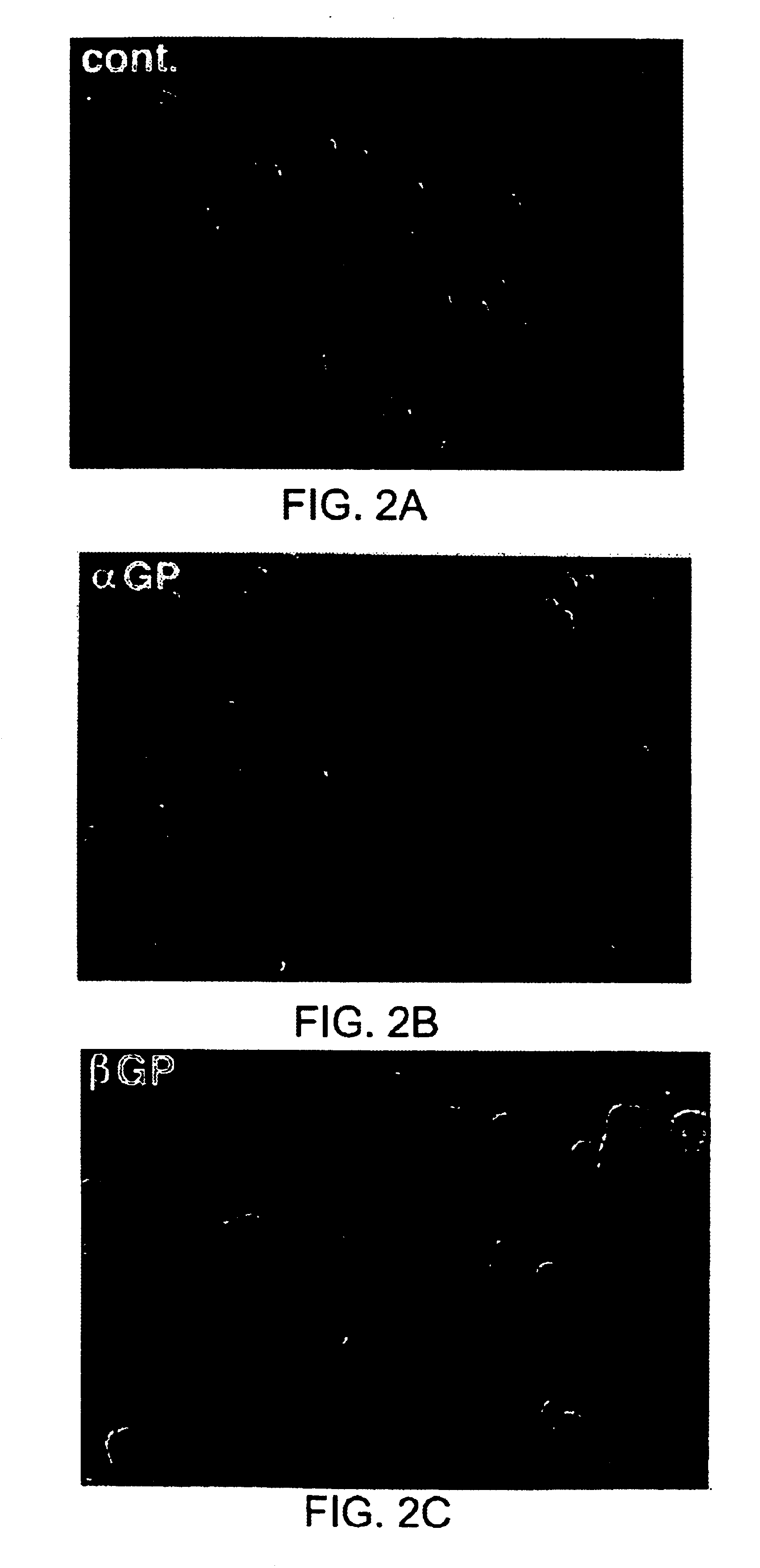Pharmaceutical compositions comprising cyclic glycerophosphates and analogs thereof for promoting neural cell differentiation
a technology of cyclic glycerophosphate and pharmaceutical composition, which is applied in the direction of drug composition, phosphorous compound active ingredients, metabolic disorders, etc., can solve the problems of gradual loss of effectiveness, inability to prevent the progressive degeneration of dopaminergic neurons, and symptom relief, so as to reduce the undesired symptoms of the treated condition
- Summary
- Abstract
- Description
- Claims
- Application Information
AI Technical Summary
Benefits of technology
Problems solved by technology
Method used
Image
Examples
example 1
Synthesis of 1,3 Cyclic Glycerophosphate (1,3 cGP)
[0091]The procedure of Buchnea (Buchnea, 1973) was followed essentially as described. Briefly, 2-benzyloxy-1,3-propanediol (Aldrich) was reacted with an equimolar amount of phosphorus oxychloride (Aldrich) in methylene chloride. The resulting 2-benzyl-1,3 cGP was treated with hydrogen under the catalysis of Pd black in methanol to remove the benzyl residue. The 1,3 cGP, isolated as the Ba salt, was pure on paper chromatography (n-propanol:ammonia:water 6:3:1, Rf=0.52).
[0092]1,3 cGP was also produced by the cleavage of phosphatidyl glycerol (PG) with phospholipase C as described (Shinitzky et al., 1993). The product had a trace of approx. 10-20% α-GP as indicated by paper chromatography.
example 2
Synthesis of 1,2 Cyclic Glycerophosphate (1,2 cGP)
[0093]This compound was prepared as described (Kugel, L. and Halmann, M., J. Am. Chem. Soc., 89:4125-4128 (1967). The disodium salt of β-glycerophosphate (Sigma) was first converted to the acid form and then cyclized with dicyclohexylcarbodiimide (Aldrich). The product, isolated as the Ba salt, was pure on paper chromatography.
example 3
Synthesis of Phenyl 1,3 Cyclic Glycerophosphate (P-1,3 cGP)
[0094]The method described in Example 1 for 1,3 cGP was followed by reacting 2-benzyloxy-1,3-propanediol with phenyl phosphorodichloridate (Aldrich). The intermediate benzylated product was pure on thin layer chromatography (ethyl acetate:hexane 3:2 Rf=0.58), with a melting point of 136° C. It was further hydrogenated as in Example 1 to remove selectively the benzyl residue. The obtained P-1,3 cGP, compound III, was pure on thin layer chromatography (as above) with Rf=0.15 and melting point of 116° C.
PUM
| Property | Measurement | Unit |
|---|---|---|
| weight | aaaaa | aaaaa |
| melting point | aaaaa | aaaaa |
| melting point | aaaaa | aaaaa |
Abstract
Description
Claims
Application Information
 Login to View More
Login to View More - R&D
- Intellectual Property
- Life Sciences
- Materials
- Tech Scout
- Unparalleled Data Quality
- Higher Quality Content
- 60% Fewer Hallucinations
Browse by: Latest US Patents, China's latest patents, Technical Efficacy Thesaurus, Application Domain, Technology Topic, Popular Technical Reports.
© 2025 PatSnap. All rights reserved.Legal|Privacy policy|Modern Slavery Act Transparency Statement|Sitemap|About US| Contact US: help@patsnap.com



